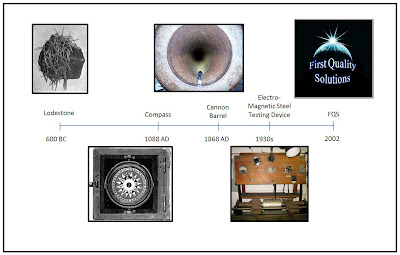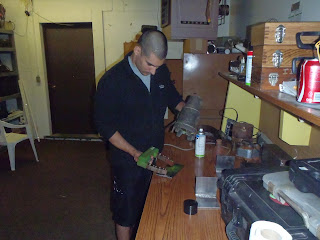With over four decades as a turbine specialist to leading utilities, his opinions are highly valued throughout the industry. First Quality Solutions would like to sincerely thank Wayne for his expert insights into this topic, it is greatly appreciated!
In my opinion, the US "turbine" business has some
considerable challenges for the next decade.
From an OEM's perspective, there focus will be less on steam turbine
manufacture and sales within the US, and more on combustion turbine side. This is due to the cost, environmental, and
regulatory benefits using natural gas instead of coal. The US steam turbine market will continue to
decline (except for Combined Cycle plants), leaving the OEM's left with
offering advanced upgraded components and services for existing US plants. Foreign sales will be a hopeful
"lifesaver" for a very limited number of manufacturers.
The market for steam turbines has thus reached a high degree
of maturity in the United States.
Advanced supercritical units that operate with initial steam conditions
well above 1100 degrees F will probably not materialize here. Only foreign markets (eg, China, India) will
make significant use of such units. The
steam path geometries and manufacturing techniques involved are more complex
than those used in the past, and will require advancements in both NDE and
repair techniques until these units are also considered "mature",
perhaps two or three decades from now.
I expect the Combustion turbine market to expand in the US,
and sales will be driven by increased firing temperature limits due almost
monthly-advancing metallurgy, cooling schemes, and coatings involved in
manufacture. Such turbines have
increased operating risks, shorter service intervals, and somewhat higher
maintenance costs, particularly when compared to steam turbines. NDE and repair techniques may not be well
developed for such units.






























